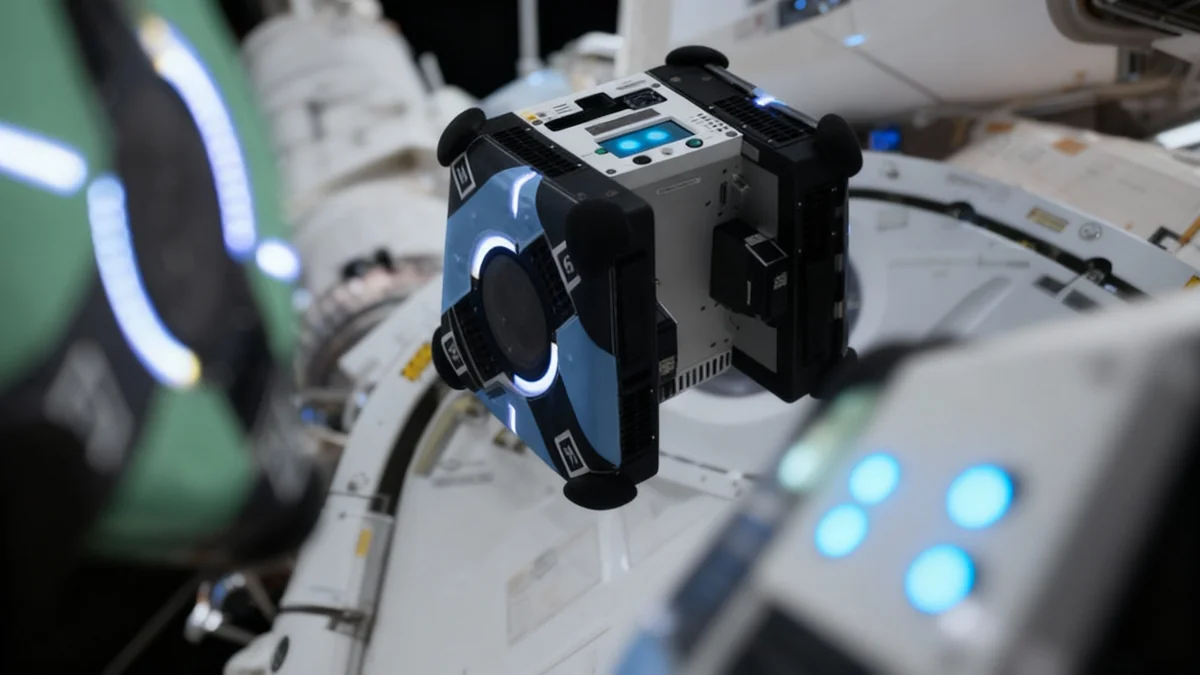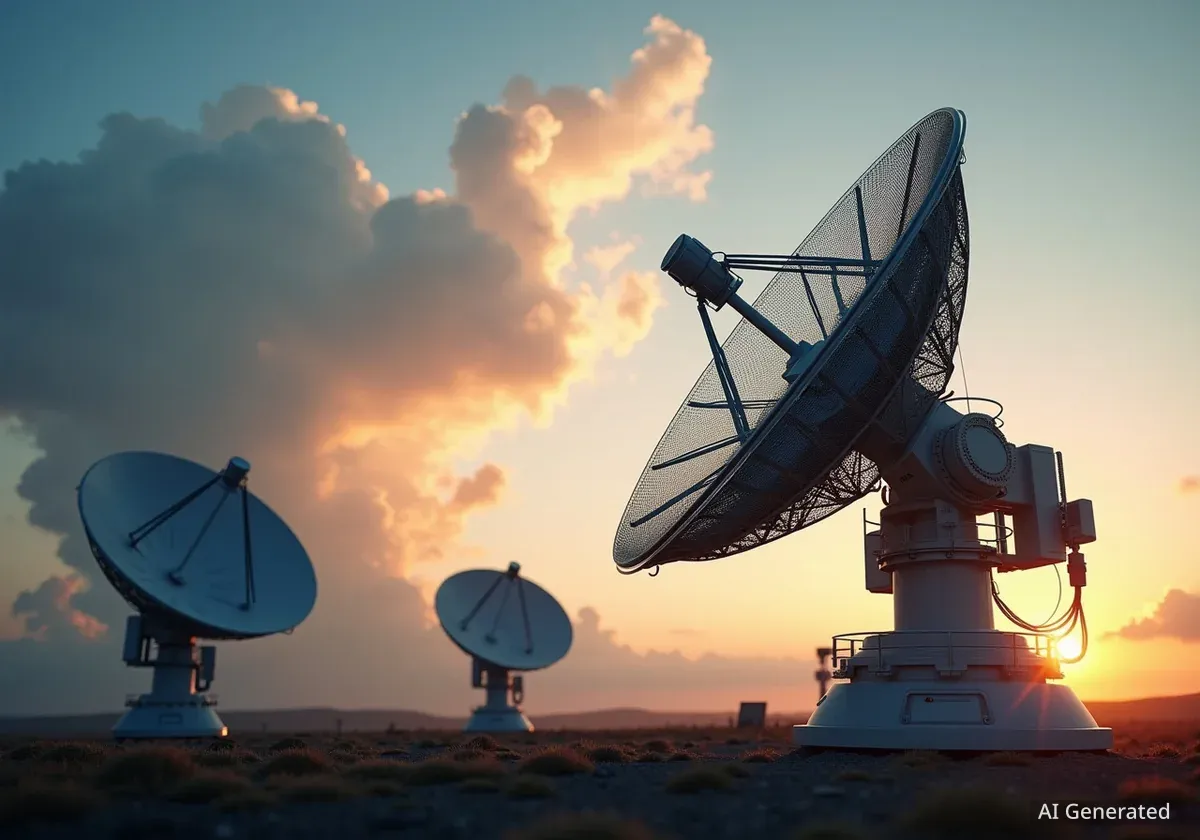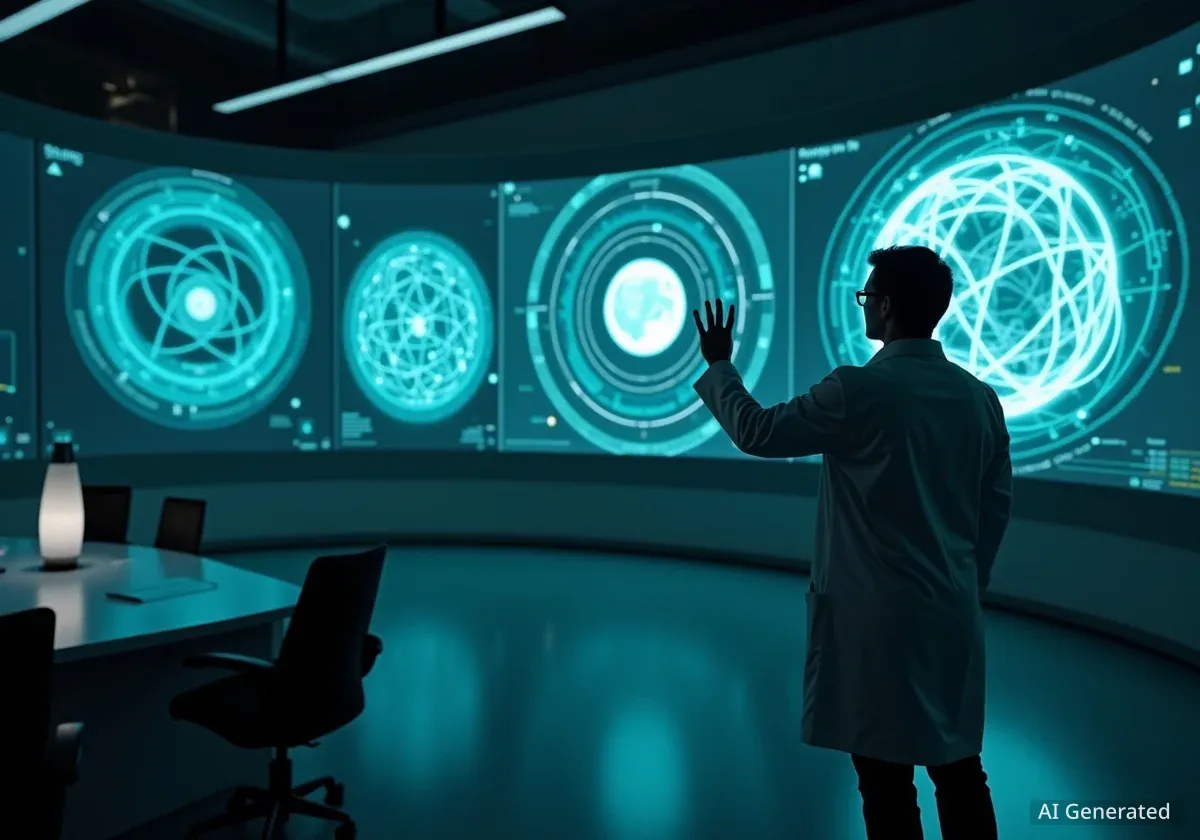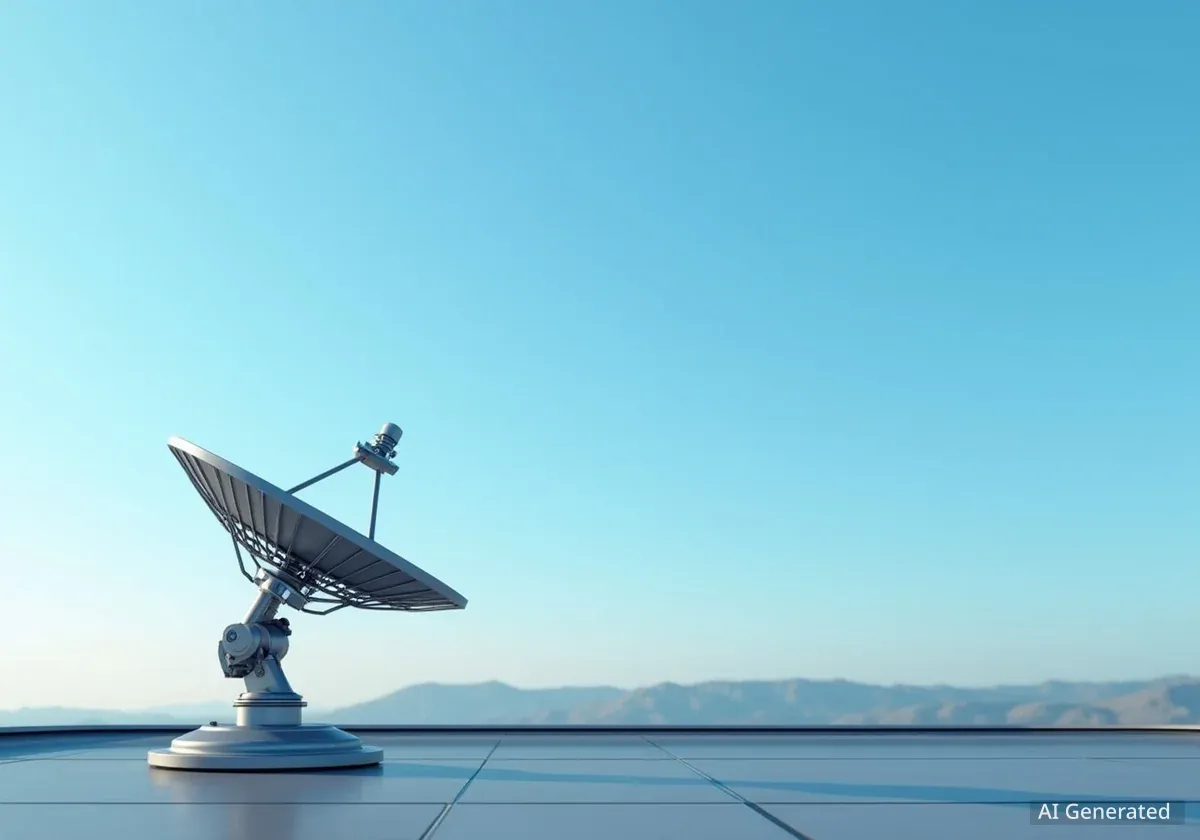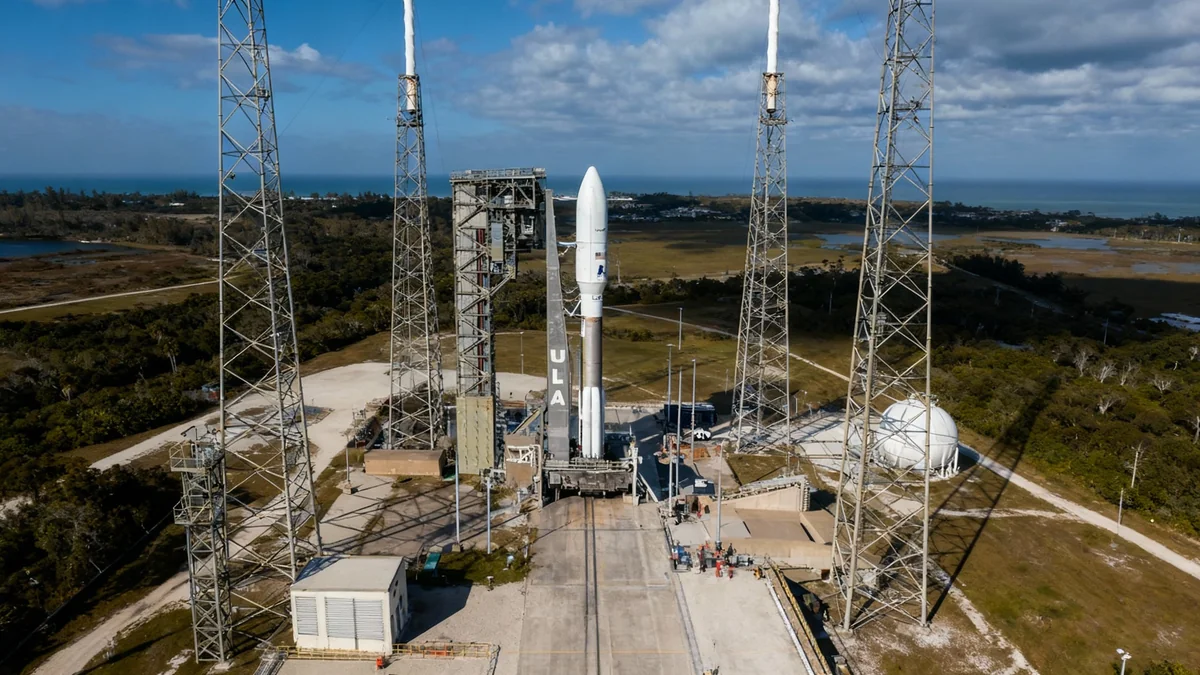A new partnership between NASA and the commercial space company Arkisys is set to expand the research capabilities of the Astrobee robotic system aboard the International Space Station (ISS). This collaboration, anchored by the University of Southern California (USC), aims to establish Southern California as a key hub for in-space robotics and technology development.
The agreement designates Arkisys as the official commercial partner for the maintenance and continued operation of the Astrobee mission, opening the door for broader academic and industry access to the unique orbital research platform.
Key Takeaways
- NASA has selected Arkisys, a company founded by a USC professor, to manage its Astrobee robotic system on the ISS.
- The collaboration aims to create a Southern California space research consortium, with USC playing a central role.
- Astrobee robots assist astronauts and serve as a testbed for new space technologies like autonomous systems and docking procedures.
- The partnership will provide universities and commercial entities greater access to conduct research in a microgravity environment.
A New Era for Astrobee
The International Space Station is home to three toaster-sized, free-flying robots known as Bumble, Honey, and Queen. Collectively named Astrobee, this robotic fleet has assisted astronauts with routine tasks and scientific experiments since arriving in orbit between 2018 and 2019.
Under a new agreement announced in September, NASA has entrusted the future of this program to Arkisys, a Los Alamitos-based company. Arkisys will now oversee the system's maintenance and facilitate its use by scientists and engineers worldwide, ensuring the platform continues to support cutting-edge research.
David Barnhart, founder and CEO of Arkisys, is also a research professor and director of the USC Space Engineering Research Center. He envisions this partnership as a catalyst for a larger innovation ecosystem.
"By bringing together the research strengths of USC and other leading institutions across the region with Arkisys’ role as NASA’s implementation partner for Astrobee, we are growing this one-of-a-kind orbital test platform to be part of an ecosystem where academia, industry and government can work side-by-side for next-generation space innovations," Barnhart stated.
The collaboration will leverage expertise from NASA's Ames Research Center, where Astrobee was developed, and bring new focus to the growing space industry in the Los Angeles area.
Fostering a Southern California Space Hub
The partnership between Arkisys and USC is formalized by a memorandum of understanding, which serves as the foundation for a broader regional consortium. The initiative seeks to involve multiple universities, expanding opportunities for students and faculty to participate in the burgeoning field of in-space operations.
Erin Overstreet, executive director of the USC Stevens Center for Innovation, highlighted the strategic importance of the agreement. "This collaboration with Arkisys places Southern California universities at the heart of the next era of space innovation with USC as an anchor for research partnerships," she said.
What is Astrobee?
The Astrobee system consists of three identical, cube-shaped robots designed to operate inside the ISS. They use electric fans for propulsion in microgravity and are equipped with cameras and sensors to navigate their environment. Their primary functions include:
- Performing inventory and monitoring tasks.
- Acting as mobile camera platforms for ground controllers.
- Serving as a research platform for guest scientists to test new robotics and software.
The goal is to create a seamless pipeline for developing, testing, and deploying new space technologies. This initiative is expected to solidify Southern California's position as a critical center for the global space economy.
Ishwar K. Puri, USC’s senior vice president of research and innovation, praised the collaboration's potential. "Professor Barnhart’s success with the NASA Astrobee proposal is a powerful example of how USC’s innovators are advancing space technologies in partnership with industry," he commented.
A Platform for Future Technology
The Astrobee system is more than just a set of robotic assistants; it is a critical testbed for technologies that will be essential for future deep-space missions. As NASA plans for crewed missions to the Moon and Mars, robots like Astrobee are vital for developing autonomous systems that can maintain spacecraft and assist human crews.
Testing Docking and Autonomy
USC has already utilized the Astrobee platform for its own research. A project led by Barnhart developed a docking system called CLINGERS, which was tested on the ISS. The system was attached to Astrobee robots to perform experiments exploring new methods for rendezvous and capture maneuvers in space.
These tests are crucial for developing capabilities for in-space servicing, assembly, and manufacturing (ISAM). Future spacecraft may be assembled or repaired in orbit by autonomous robots, reducing the cost and complexity of space missions.
From SPHERES to Astrobee
The Astrobee system is the successor to an earlier robotic program on the ISS called SPHERES (Synchronized Position Hold, Engage, Reorient, Experimental Satellites). David Barnhart also managed the SPHERES program during his time at the Defense Advanced Research Projects Agency (DARPA), demonstrating a long-standing involvement in developing autonomous robotic systems for space.
Arkisys's broader mission aligns with these goals. The company is developing reusable space platforms, or "Port Modules," designed to host multiple customer payloads simultaneously. According to Rahul Rughani, Arkisys’ chief systems engineer, Astrobee is a "microcosm" of the company's goal to make it easier for businesses to establish a presence in space.
USC's Legacy in Space Exploration
The University of Southern California has a long and storied history of collaboration with NASA and the broader space industry. Its Department of Astronautical Engineering was one of the first of its kind in the United States and has produced numerous influential figures in the field.
The faculty includes former NASA astronaut Garrett Reisman, who flew on multiple Space Shuttle missions, and researchers who have made significant contributions to NASA projects like the Deep Space 1 mission and technologies at the Jet Propulsion Laboratory (JPL).
This new role in the Astrobee program builds on that legacy. By connecting its academic research programs directly with a live, operational platform on the ISS, USC is providing its students and faculty with an unparalleled opportunity to shape the future of space exploration and robotics.
The continued operation of Astrobee under this new public-private partnership will ensure that it remains a valuable asset for NASA while also accelerating innovation across the commercial and academic sectors, ultimately supporting humanity's long-term goals in space.

